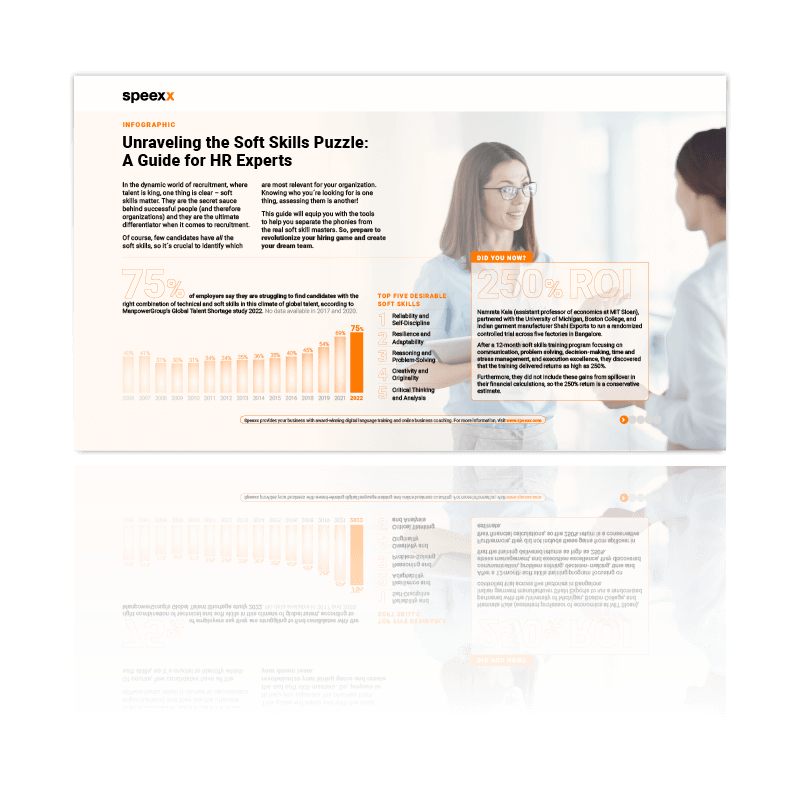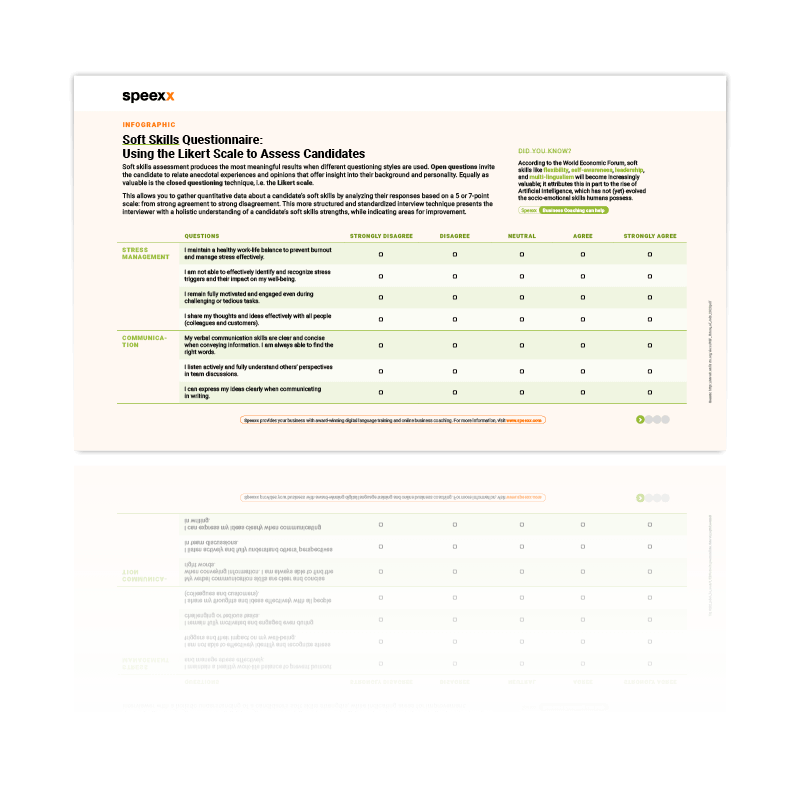The HR sector is known for its dynamism and continuous adaptation to new innovations; one of the most significant trends to emerge in 2023 is Quiet Hiring – a strategy that is challenging traditional methods of candidate selection. Unlike conventional hiring processes that depend heavily on public announcements and open job postings, Quiet Hiring identifies and engages with potential candidates more discretely, often before a formal position is even advertised.
In this blog post, we take a closer look at this new take on recruitment, exploring its nuances, benefits, and how HR professionals can effectively implement this approach to stay ahead in the competitive talent acquisition landscape.
What Quiet Hiring and Why Is It Here?
Quiet Hiring is a departure from traditional recruitment methodology which relies on rigid and measurable criteria; instead, it considers the full panorama of skills and potential of a candidate. This approach assesses people more holistically, rather than being limited to a superficial evaluation based on educational qualifications and previous experience. It also imposes a high level of confidentiality during the hiring process; this confidentiality is essential to minimizing the “noise” that can result from the disclosure of new hires, thus avoiding distractions and the creation of internal tensions. Very often, Quiet Hiring happens in-house, with HR departments preferring to enhance and upskill existing resources within the company, rather than looking for new talent outside.
This pivot in hiring style comes as an effective response to current talent shortages and is gaining traction across numerous industries due to its ability to enhance efficiency, reduce time-to-hire, and secure top-tier talent – particularly for medium and large size companies.

A useful infographic designed to help HR professionals decode soft skills; explores why soft skills matter, which are most valuable, and how to assess them.
A Tool to Discover Hidden Talents
Traditional hiring techniques can easily overlook qualified candidates based on fixed, standardized criteria. In contrast, one of the most interesting aspects of Quiet Hiring is its ability to delve a little deeper; by offering a broader perspective it allows you to identify potential talent that may have been missed with other selection methods. This ability to identify hidden talent represents a great opportunity for companies, which can benefit from a broader and more diverse set of skills and knowledge.
A key element of this new methodology is the way employees’ skills are assessed: by identifying an individual´s strengths, as well as areas for improvement, it enables you to customize the right upskilling paths.
5 Steps for Implementing Quiet Hiring
1. Create a Culture of Openness
The first step is to create a culture of openness and transparency within the company, where employees are encouraged to explore new opportunities without fear of possible repercussions. This can be accomplished by promoting open communication, eliciting feedback, and demonstrating a commitment to employee growth and development. It is essential that employees feel valued and recognized for their skills and contributions, and that they know the company is willing to support their professional growth.
2. Adopt Flexibility Policies
The second step is to embrace flexibility. This could mean giving employees flexible working options that provide for a healthy work-life balance, including flexible working hours, the ability to work from home, or the opportunity to switch between roles within the company. These policies not only attract talent but also help to retain it, thus promoting employee satisfaction and engagement.
3. Training and Development
Another crucial factor is employee training and development. Companies must provide opportunities for employees to acquire new skills and develop existing ones; this can be achieved through training programs, workshops, seminars, mentoring activities, and other professional development initiatives. Not only does this help employees progress in their careers, but it also increases their productivity and their ability to make a valuable contribution to the company.
4. Feedback and Evaluation
The fourth step is to create an effective feedback and evaluation system. Companies need to provide regular and constructive feedback to employees, recognizing their successes and identifying areas for improvement. An effective evaluation system can help employees understand how they are doing and what they can do to improve. In addition, effective communication of progress and performance can increase employee motivation and engagement.
5. Talent Management
The fifth and final step to successful Quiet Hiring is effective talent management. This means recognizing and valuing each employee’s unique skills and talents, while doing everything possible to promote their growth and development. Talent management may include creating personalized career plans, providing training and development opportunities, and fostering an inclusive and supportive work environment. This helps to retain talent by getting your people in the right jobs, better positioning the company to benefit from each employee’s unique skills and experiences.

Here are some questions to help you better understand a candidate's abilities
Respect for the Privacy of Candidates
This style of hiring places great emphasis on respecting the privacy of candidates, meaning that information about new hires is kept confidential to avoid any unwanted distractions within the company. This is especially important when it comes to selecting candidates for high-level positions or key roles within the organization. Quiet recruitment allows companies to conduct these crucial hiring processes discreetly and confidentially, while ensuring that candidates are evaluated based on their skills and potential, rather than their visibility or mere reputation.
How Quiet Hiring Fits into the Current Labor Market Landscape
Quiet Hiring is a response to the forces of a rapidly changing labor market, offering an effective way to identify and harness talent; it also redefines the way companies interact with potential candidates. Despite being a relatively recent trend, it is expected to establish itself as one of the most effective selection techniques in the coming years, in part thanks to its ability to attract and retain the most qualified talents.
Prospective Future of Quiet Hiring
As Quiet Hiring becomes more prevalent, it is likely to be subject to further evolutions and adaptations; for example, we may see greater integration between quiet hiring and other HR strategies, such as remote working and change management.
This style of hiring does require a change in mentality on the part of managers and employees; it may also need significant investment in time and resources to implement upskilling pathways.
In conclusion, Quiet Hiring presents a highly effective solution for companies in the current climate. Not only is it a tool for mining internal talent, but it can also lead to greater overall efficiency, and improve bottom line. That said, to take full advantage of Quiet Hiring, it must happen within a culture where professional development, employee feedback, work-life balance, and confidentiality are strong company values. Only in this way will companies be able to fully exploit the potential of this revolutionary HR trend.

